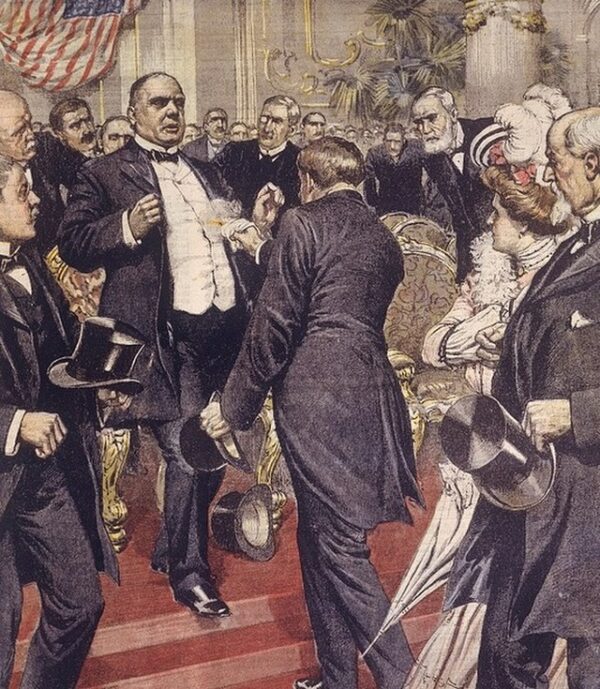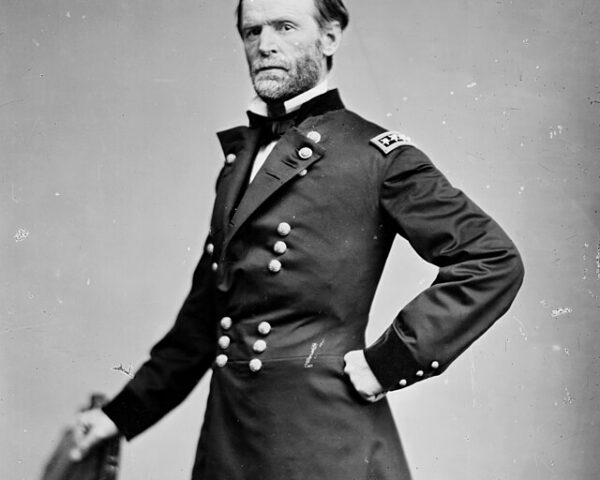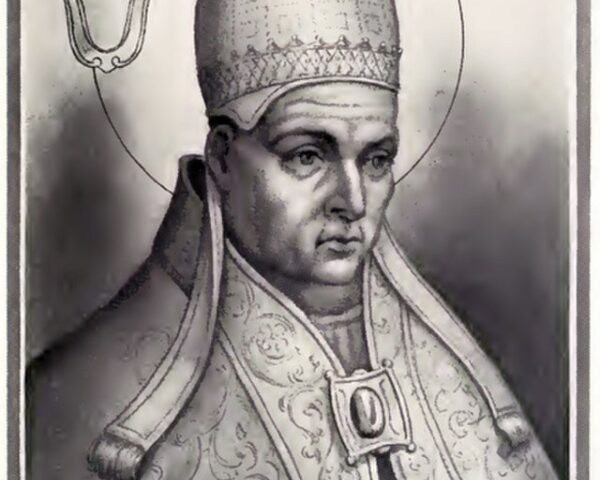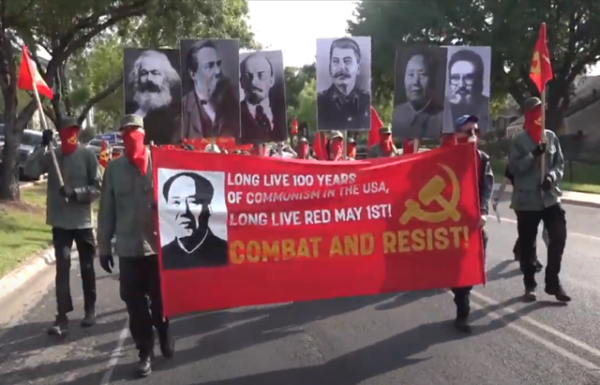On September 14, 1901, Theodore Roosevelt truly became “the man in the arena” after the death of his predecessor, William McKinley.
The assassination of President William McKinley on September 6, 1901, in Buffalo, New York, marked a tragic and pivotal moment in American history. The president, writes The Miller Center, had “traveled more than any American President up to that time, and he was on the road again on the morning of September 6, 1901. Impeccably dressed in a boiled white shirt with a starched collar and cuffs, pin-striped trousers, a black frock coat, and a black satin necktie, he was off to Buffalo, New York, where he gave a speech at the Pan-American Exposition. That afternoon, he attended a public reception at the exposition’s Temple of Music. Standing at the head of a moving line of greeters, McKinley shook hands and smiled, enjoying the adulation and the public contact.
At seven minutes past four o’clock, as McKinley reached for another hand to shake, two sharp cracks broke the hum of human voices. Leon F. Czolgosz, age twenty-eight, a Detroit resident of Polish heritage and an unemployed mill worker of anarchist sentiments, had fired a concealed .32 Iver Johnson revolver point blank into the President’s chest. McKinley doubled over and fell backward into the arms of his Secret Service escorts. As he lay bleeding from his wounds, he managed to tell his guards not to hurt his assailant. Then he turned to his private secretary and said: “My wife, be careful, Cortelyou, how you tell her—oh, be careful.” Rushed to a nearby hospital by ambulance, McKinley’s doctors predicted a recovery. Gangrene had set in around the bullet wounds, however, and he died on September 14, 1901, just six months after his second inauguration.”
McKinley was a popular and well-liked president who had guided the country through a period of economic growth and stability known as the “Gilded Age.” His policies favored big business and protective tariffs, which contributed to the prosperity of the time. However, his assassination revealed the vulnerability of American leaders to acts of violence and changed the way the Secret Service and security protocols were handled for future presidents.
Leon Czolgosz, the assassin, was an anarchist who believed in overthrowing the government and viewed McKinley as a symbol of oppression. His actions highlighted the growing tension between radical political ideologies and the American government, leading to increased surveillance and suppression of anarchist movements in the years that followed.
Czolgosz confessed to the shooting. He had taken aim at the president, he said, because he believed him to have been the “enemy of the people, the good working people,” The Miller Center continues. The assassin never expressed remorse for his actions. He died in the electric chair on October 29, 1901.
Following McKinley’s death, Vice President Theodore Roosevelt ascended to the presidency, and his tenure marked a significant departure from McKinley’s policies. Roosevelt pursued a more progressive agenda, including trust-busting and conservation efforts, which had a lasting impact on American politics and society. McKinley’s assassination not only ended a popular presidency but also altered the course of American history. Teddy had big plans and was ready to take the reins.






